One hundred and one addition flashcards with numbers 0-10.
Cut these flashcards out and stick the answer on the back of the related question.
Laminate them to ensure they last longer.
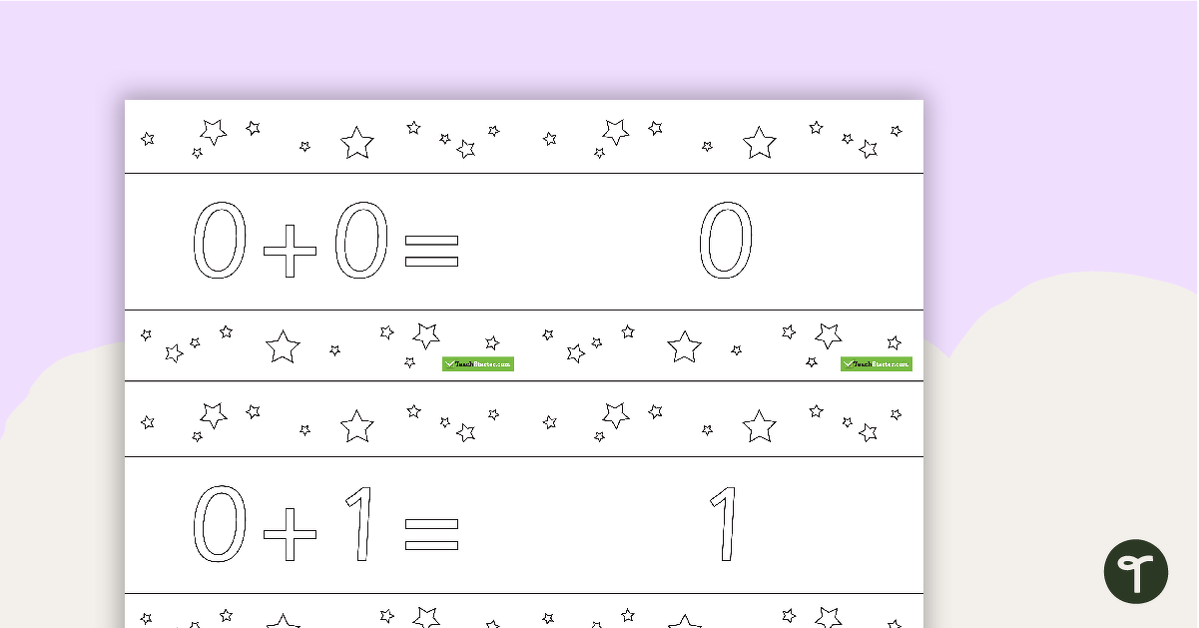
One hundred and one addition flashcards with numbers 0-10.
Cut these flashcards out and stick the answer on the back of the related question.
Laminate them to ensure they last longer.

We create premium quality, downloadable teaching resources for primary/elementary school teachers that make classrooms buzz!
Would you like something changed or customised on this resource? While our team makes every effort to complete change suggestions, we can't guarantee that every change will be completed.
Did you spot an error on this resource? Please let us know and we will fix it shortly.
Are you having trouble downloading or viewing this resource? Please try the following steps:
If you are still having difficulty, please visit the Teach Starter Help Desk or contact us .

Print the ultimate Friends of 10 poster bundle with 10 printable classroom posters designed to show students how different combinations of numbers connect to make the same number.
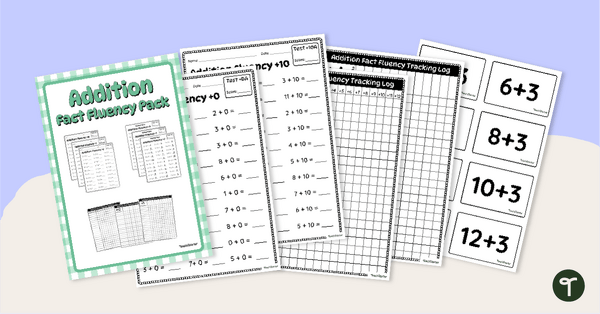
Assess and track addition fact fluency with a printable Number Fact Fluency pack.
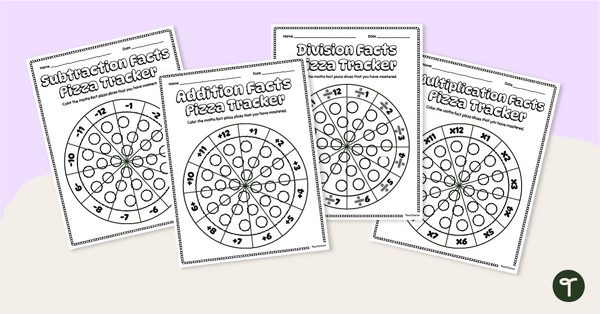
Motivate and inspire students to learn their maths facts with printable maths fact fluency trackers.

Practice three-digit addition skills with a Halloween pumpkin tarsia puzzle.

Capture your students' interest in maths drills for all four operations with these fun dragon-themed differentiated maths worksheets.
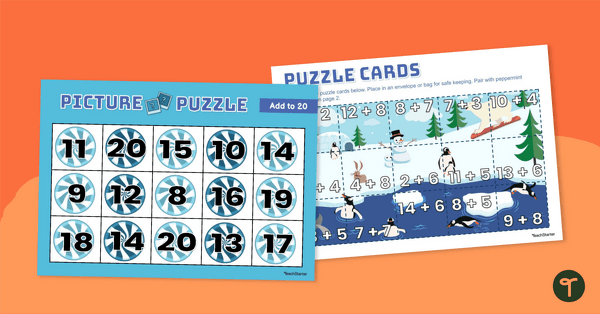
Practise addition facts up to 20 with a printable Winter maths puzzle for Year 1 students
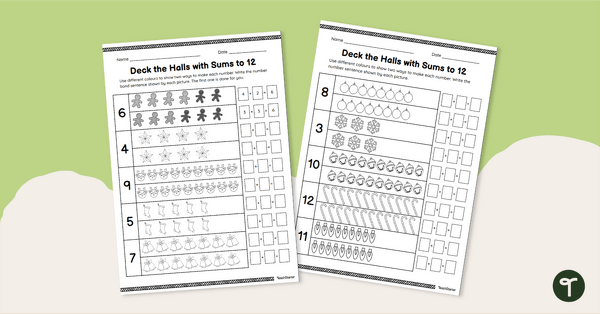
Practise finding number bonds and sums to 12 using printable Christmas Maths worksheets for Year 1.
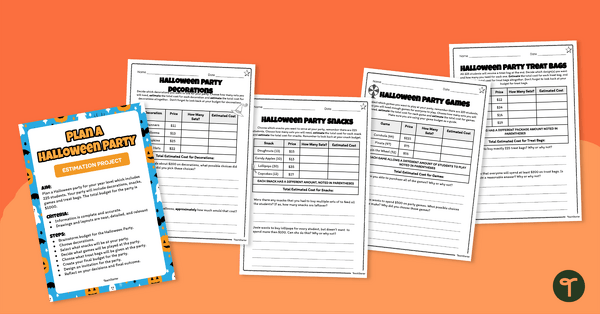
Plan your own Halloween party and practice estimating sums, differences and products of whole numbers and decimals with an engaging maths project!
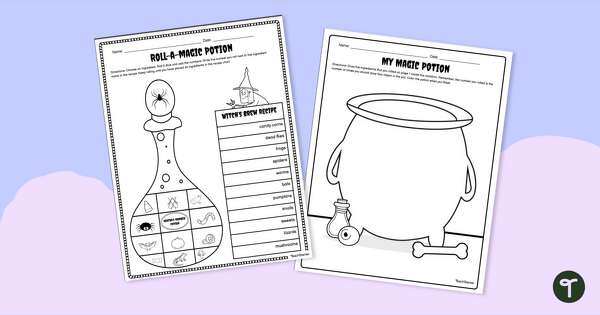
Roll and add to create a magic potion, then draw it in the cauldron with a printable Year 1 Halloween game.
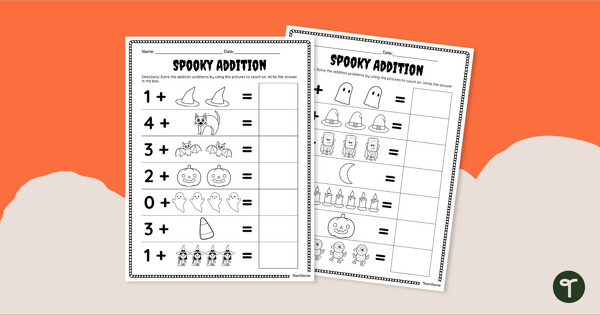
Count on to solve spooky addition problems in this 2-page Halloween Addition Worksheet.
0 Comments
Write a review to help other teachers and parents like yourself. If you'd like to request a change to this resource, or report an error, select the corresponding tab above.